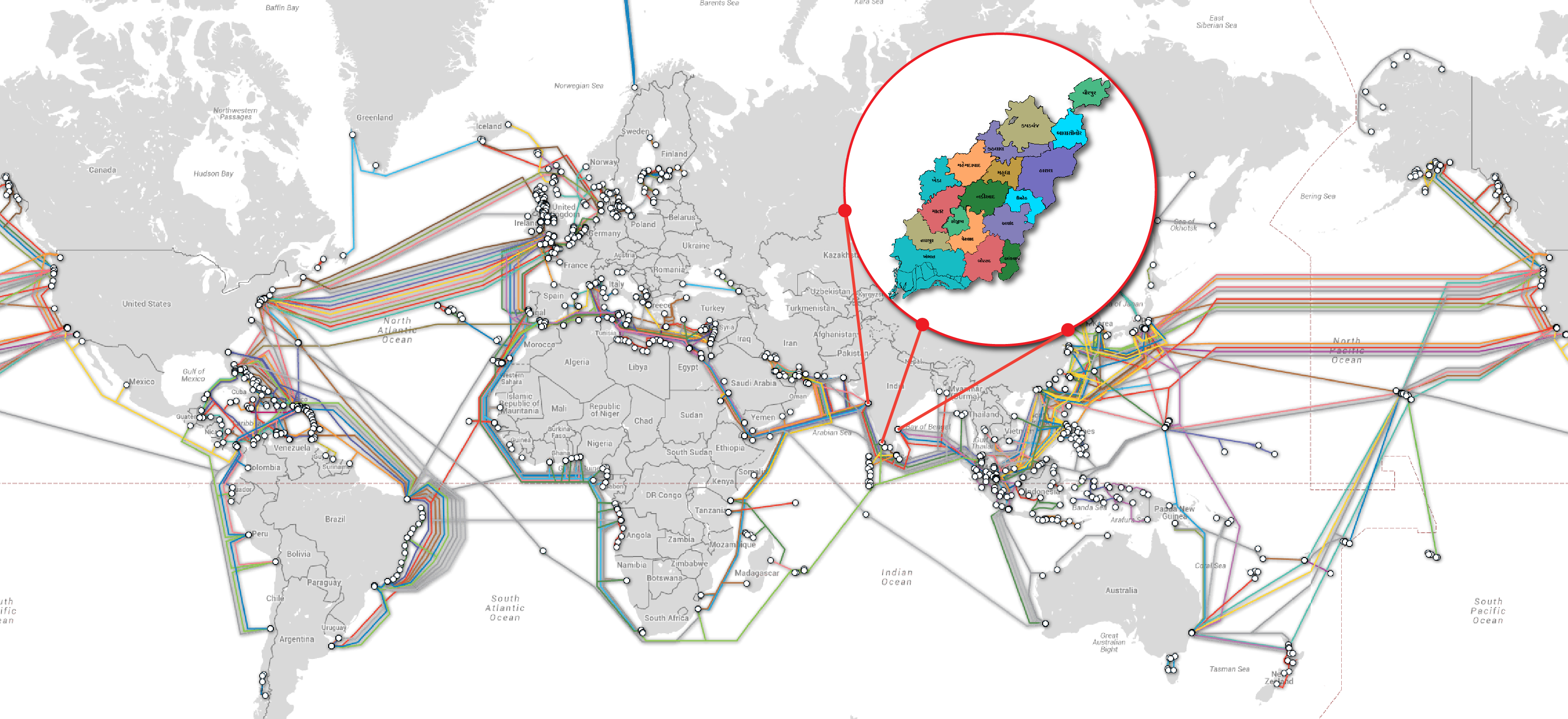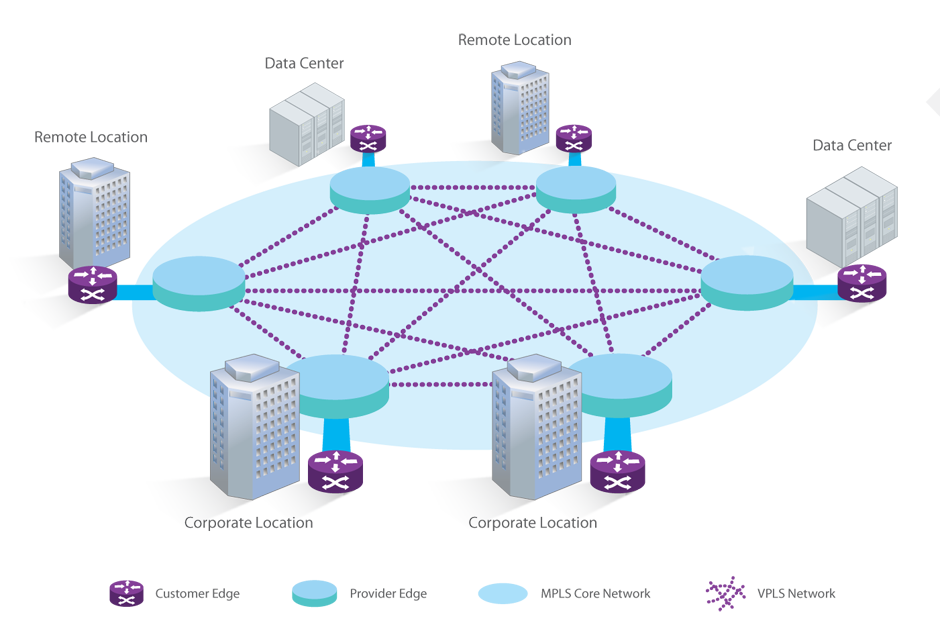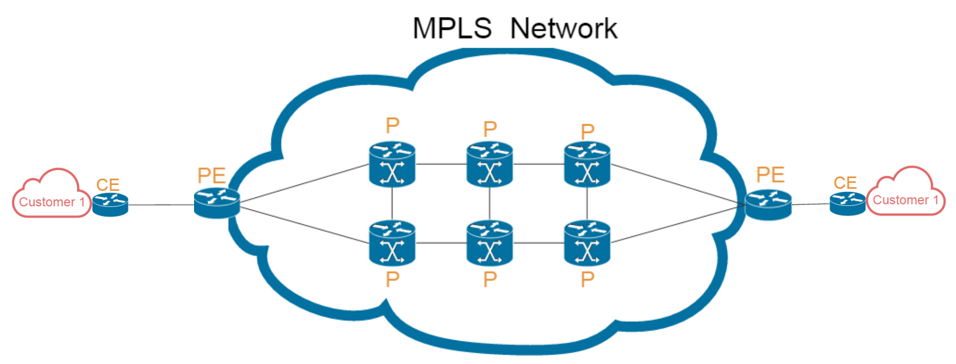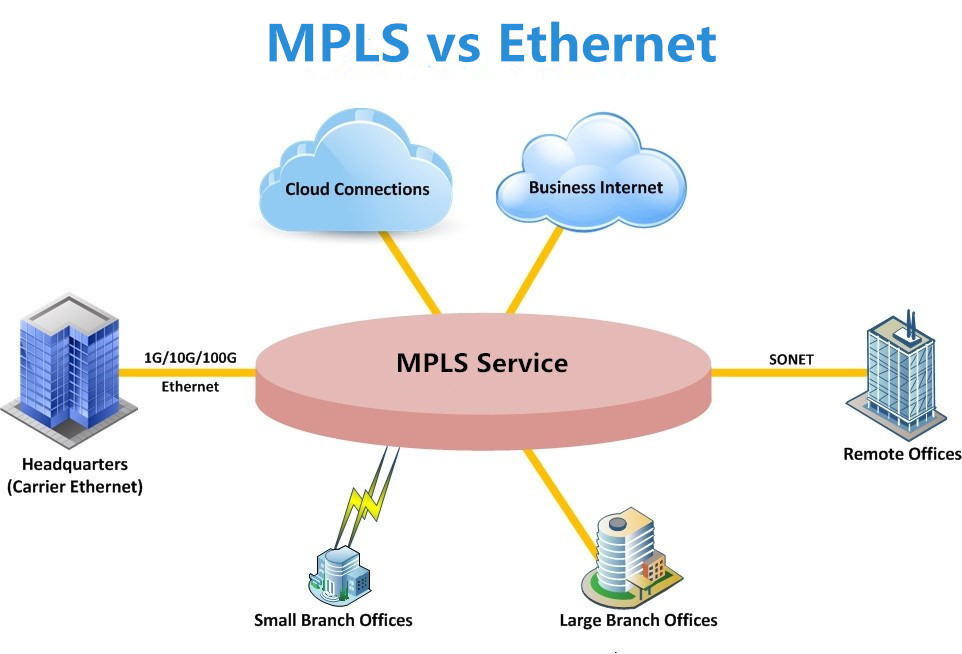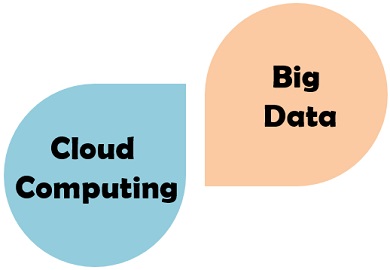Twenty-five years ago last week, British scientist Sir Tim Berners-Lee and his team published, for free, the protocols that would create the public Internet. A quarter of a century seems like barely a blink of the eye, but what Berners-Lee unleashed that day has had a profound impact on our lives. Just look at the first ever Internet page to see how far we’ve come.
The world is now on the brink of the Internet of things (IoT) and a big data revolution, which means more data is being created in an Internet minute than ever before. Bandwidth has never been more in demand.
 Twenty-five years ago, a minute may have been the loading time for a single web page. Now, according to a report by Excelacom, there are 150 million emails sent, 2.4 million Google search queries and 20.8 million WhatsApp messages sent every minute in 2016. We know that artificial intelligence, virtual reality and driverless cars are just over the horizon. But in reality we have no idea what the world will look like in 25 years – the pace of change is too fast.
Twenty-five years ago, a minute may have been the loading time for a single web page. Now, according to a report by Excelacom, there are 150 million emails sent, 2.4 million Google search queries and 20.8 million WhatsApp messages sent every minute in 2016. We know that artificial intelligence, virtual reality and driverless cars are just over the horizon. But in reality we have no idea what the world will look like in 25 years – the pace of change is too fast.
This is a phenomenal amount of data. It would not be possible without a scalable network infrastructure. The question is, how do we ensure that we are deploying the right infrastructure today to cope with data demands today and the Internet of tomorrow? The answer comes in a reassuringly familiar form: fibre.
Fibre optic cables work by having a single glass core via which information travels. It wasn’t until research conducted by Dutch and American scientists in 2014 in multi-core technology (the practice of having several glass cores for information to travel down in a cable rather than just one) that we understood fibre’s true potential.
The scientists were able to achieve a top speed of 255 terabits per second – equivalent to 32 terabytes of information a second. To put this into perspective, this equates to downloading a 1GB film in 0.03 seconds. Astonishingly, as a result of this research, it was realised that a single fibre cable could theoretically carry the entire world’s Internet traffic.
This modern technology and its almost limitless bandwidth will be essential to our increasingly digital world. Communication is now instantaneous, with text, audio and video messages travelling at light speed. Data centres store terabytes of information that is critical to businesses and their customers, with this information available instantaneously as and when required. Video content can be watched on-demand using devices that were created under a decade ago.
Fibre optic networks and their capabilities have allowed the world and its data to move forward in such a way that would have been inconceivable 25 years ago.
So what does the next 25 years have in store for the Internet? The amount of data consumed will only increase with time, and technology like driverless cars and smart cities will require an almost limitless amount of bandwidth to run effectively.
The one truth that we do know is that without a scalable, high-capacity fibre network all of these concepts would be nothing more than science fiction.
Original content published by ZAYO

